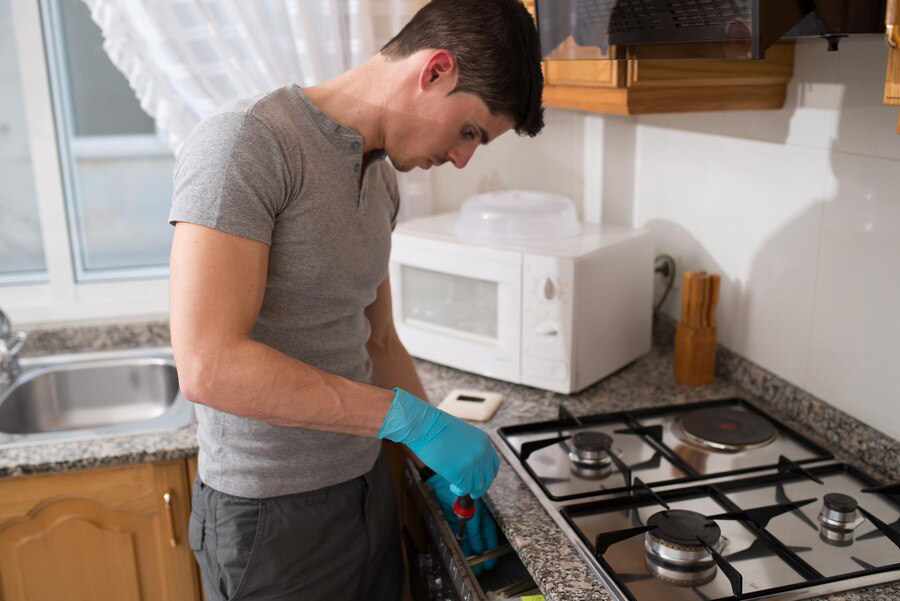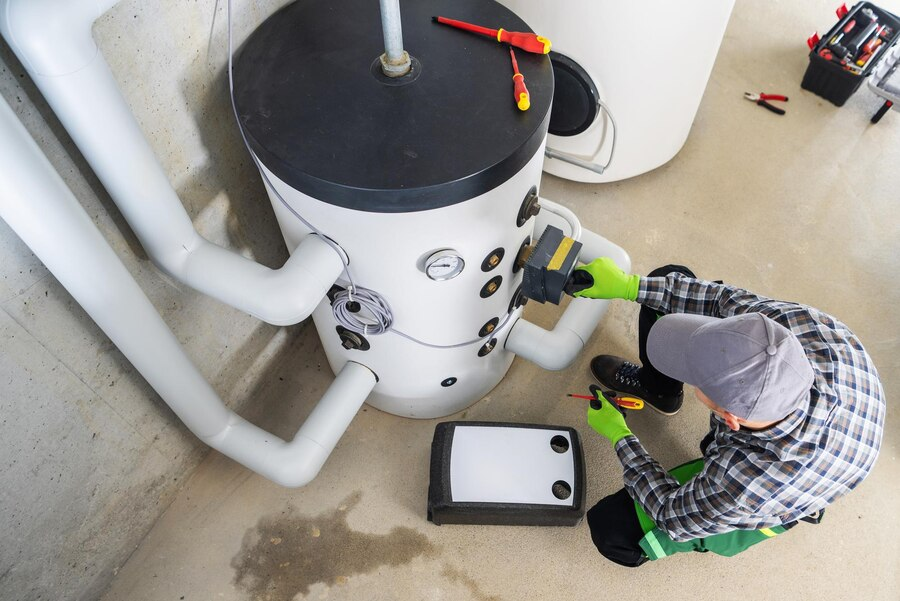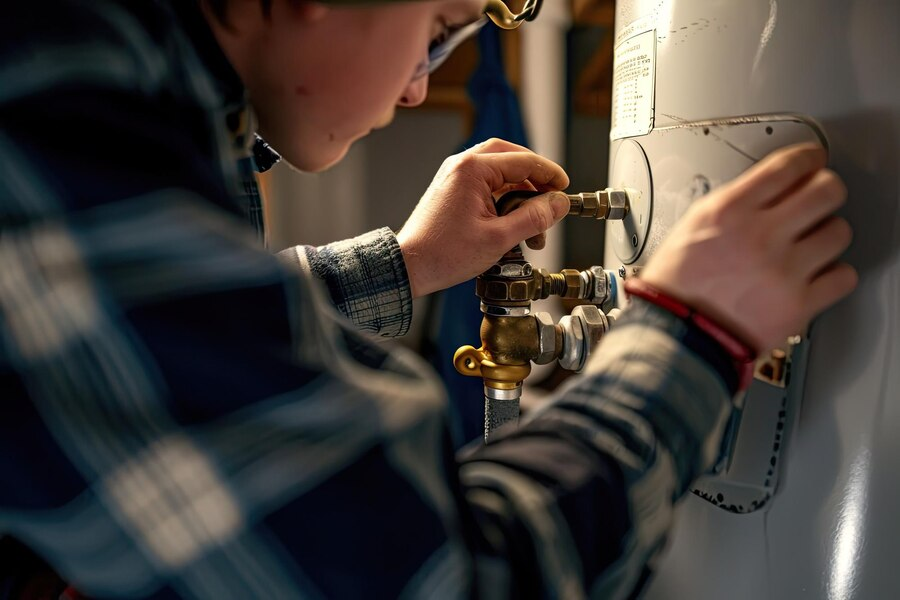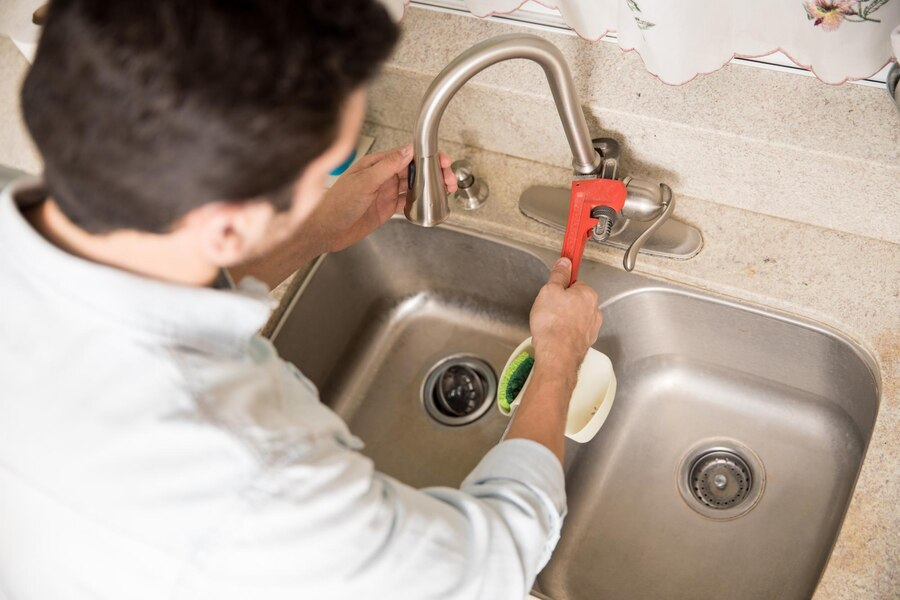Expert Tips for Efficient Gas Fire Installation and Maintenance
Gas fires are a popular choice for homeowners seeking a warm, efficient, and visually appealing heating solution. They combine the charm of a traditional fireplace with the convenience of modern technology. However, the installation and maintenance of a gas fire require careful attention to detail to ensure safety and efficiency. This guide provides expert tips on
gas fire installation
and maintenance to help homeowners get the most out of their investment.
Understanding the Basics of Gas Fireplaces
Understanding the basics of gas fireplaces is crucial before tackling installation and maintenance. Gas fireplaces come in different types, each with unique installation requirements and maintenance needs. Vented models, which require a chimney or vent to expel combustion gases outside, are ideal for those seeking a realistic flame and are willing to invest in the necessary venting infrastructure. On the other hand, vent-free models do not require a chimney, making them easier and less expensive to install. However, they must be used in well-ventilated spaces to prevent the buildup of combustion byproducts.
Another important type is the direct vent gas fireplace, which uses a sealed combustion system to draw air from outside and expel exhaust outside, ensuring high efficiency and indoor safety. Gas fireplace inserts are designed to convert traditional wood-burning fireplaces into gas-powered units, fitting within the existing masonry. Understanding these types and their requirements helps in making informed decisions about installation and maintenance, ensuring safe and efficient operation.
Types of Gas Fireplaces
Vented Gas Fireplaces
These models require a chimney or vent to expel combustion gases outside. They are ideal for homeowners who want a realistic flame and are willing to invest in the necessary venting infrastructure.
Vent-Free Gas Fireplaces
These units do not require a chimney or external venting, making them easier and less expensive to install. However, they must be used in well-ventilated spaces to prevent the buildup of combustion byproducts.
Direct Vent Gas Fireplaces
A subcategory of vented fireplaces, direct vent models use a sealed combustion system that draws air from outside for combustion and expels exhaust outside as well. This makes them highly efficient and safe for indoor use.
Gas Fireplace Inserts
These are designed to be installed within an existing masonry fireplace, converting a traditional wood-burning fireplace into a gas-powered unit.

Key Components of Gas Fireplaces
Understanding the key components of a gas fireplace can help in troubleshooting and maintenance. These include:
- Burner: The component where the gas mixes with air and ignites to produce flames.
- Pilot Light or Ignition System: The system that ignites the gas, either through a standing pilot light or electronic ignition.
- Thermocouple or Thermopile: Safety devices that detect the presence of a flame and control the gas supply.
- Control Valve: Regulates the flow of gas to the burner.
- Blower: An optional component that helps distribute warm air throughout the room.
Choose the Right Location
Selecting the optimal location for a gas fireplace is the first step in the installation process. Consider the following factors:
- Ventilation: Ensure the chosen location allows for proper venting if using a vented or direct vent model. Check local building codes and manufacturer guidelines for venting requirements.
- Space: Ensure there is adequate space for the fireplace and any necessary clearances from walls, furniture, and other combustible materials.
- Aesthetic Considerations: Choose a location that complements the room's layout and enhances the overall aesthetic appeal.
Hire a Professional Installer
Hiring a professional installer for gas fireplaces is highly recommended, even if some homeowners feel confident in their DIY skills. A certified technician brings expertise and experience, ensuring that the installation meets all safety codes and manufacturer specifications. This professional approach significantly reduces the risk of errors that could lead to serious issues such as gas leaks, carbon monoxide poisoning, and fire hazards. Proper installation by a professional also ensures that the fireplace operates efficiently and effectively, providing optimal heating and performance.
Additionally, professional installers are equipped with the right tools and knowledge to handle any unexpected challenges that may arise during the installation process. They can offer valuable advice on the best placement, venting solutions, and
maintenance practices. Investing in a professional installation not only enhances safety but also provides peace of mind, knowing that the fireplace is installed correctly and securely. This investment in professional expertise can save homeowners from costly repairs and potential dangers in the long run.
Ensure Proper Venting
Venting is a critical aspect of gas fireplace installation. Proper venting ensures that combustion gases are safely expelled from the home. For vented and direct vent models, follow these guidelines:
- Install Venting According to Manufacturer Instructions: Each gas fireplace model has specific venting requirements. Adhere strictly to these guidelines to ensure safe operation.
- Use Approved Venting Materials: Use only the venting materials specified by the manufacturer. This includes vent pipes, caps, and connectors
- Inspect Existing Chimneys: If installing a gas insert into an existing masonry fireplace, have the chimney inspected and cleaned by a professional. Any damage or blockages should be repaired before installation.
Install a Carbon Monoxide Detector
Installing a carbon monoxide detector is crucial for any home equipped with a gas fireplace. These detectors are essential safety devices that can save lives by alerting occupants to the presence of dangerous carbon monoxide gas. Place detectors in key areas such as the living room, bedrooms, and near the fireplace to ensure comprehensive coverage. Proper placement is vital to detect any leaks promptly, especially in spaces where people spend the most time and where the risk of exposure is highest.
Regular testing and maintenance of carbon monoxide detectors are equally important to ensure their functionality. Check the batteries monthly and replace them as needed, and test the device according to the manufacturer's instructions. Most detectors have a test button for this purpose. Additionally, replace the entire unit every five to seven years, as sensors can degrade over time. Consistent maintenance ensures that the detectors remain reliable and can provide timely warnings, giving homeowners peace of mind and enhancing overall safety.
Maintenance Tips for Gas Fireplaces
Regular maintenance is essential for keeping a gas fireplace operating efficiently and safely. Here are some expert maintenance tips to follow.
Schedule Annual Inspections
An annual inspection by a certified technician is the cornerstone of gas fireplace maintenance. During the inspection, the technician will:
- Check for Gas Leaks: Inspect all gas connections and valves for leaks.
- Inspect the Burner and Ignition System: Ensure the burner is clean and functioning correctly. Check the pilot light or electronic ignition system.
- Examine the Venting System: Verify that the venting system is free of blockages and damage.
- Test Safety Devices: Check the thermocouple, thermopile, and control valve to ensure they are operating properly.
Gas fireplaces are excellent for zone heating, allowing homeowners to heat specific areas of the home without relying on the central
heating system. This can reduce overall energy consumption and lower heating bills.
Seal and Insulate the Room
Installing a carbon monoxide detector is essential for any home with a gas fireplace, as it acts as a crucial safety device against the silent threat of carbon monoxide poisoning. Place detectors strategically in key areas such as the living room, bedrooms, and near the fireplace to ensure comprehensive coverage. This placement is vital for early detection, especially in spaces where family members spend most of their time, providing an added layer of security.
Regular testing and maintenance of these detectors are necessary to ensure they function correctly. Conduct monthly battery checks and replace them as needed, and follow the manufacturer's instructions for testing the device, typically using the test button. Additionally, replace the entire unit every five to seven years, as the sensors can degrade over time. Consistent upkeep guarantees that the detectors remain reliable, offering timely warnings and peace of mind, ultimately enhancing the safety and well-being of everyone in the home.
Conclusion
Efficient gas fire installation and maintenance are crucial for safety and longevity. By following expert tips, homeowners can ensure their systems operate smoothly and safely. For professional assistance, Plumbing & Heating. Gas Engineer Northampton offers top-notch services in Northampton, UK. Their experienced team is just a call away at +44 1604 343223 or via email at plumbingservicesnorthampton@gmail.com. Trusting experts guarantees peace of mind and a warm, efficient home.



